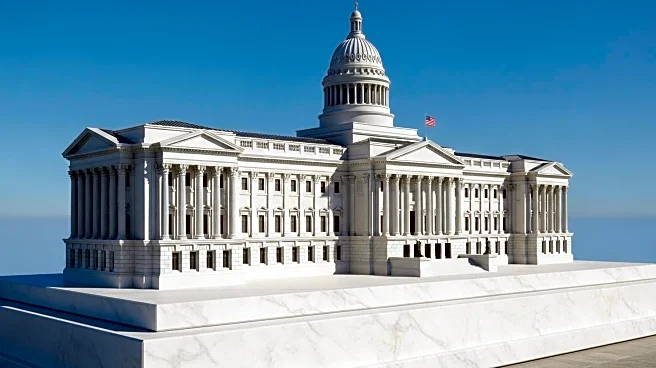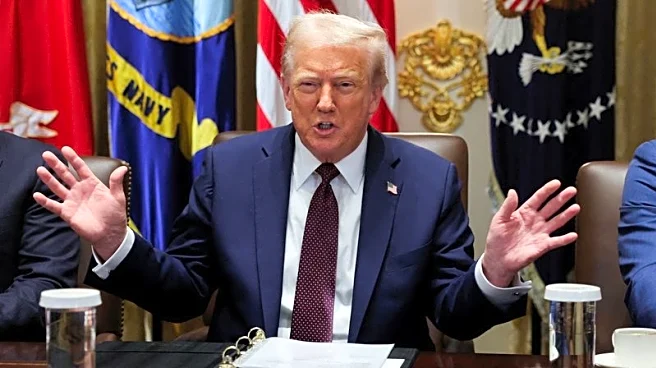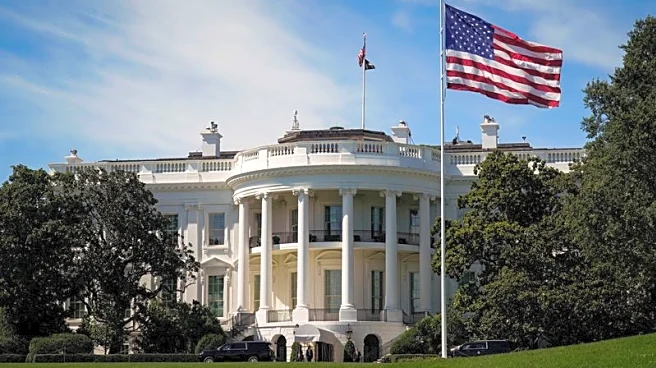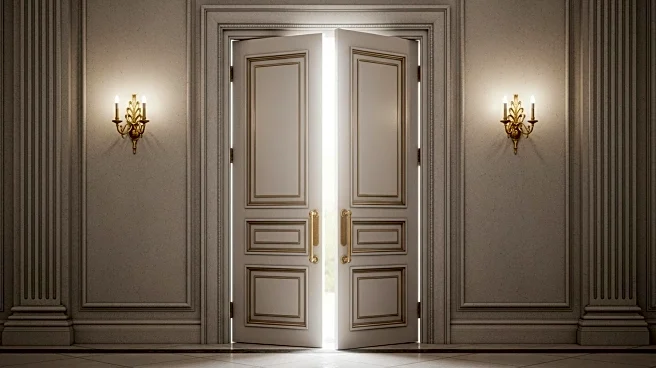What's Happening?
President Trump signed an executive order mandating classical architecture for federal buildings, specifically targeting brutalist styles. The order aims to uplift and beautify public spaces, aligning federal architecture with classical designs associated with democracy and national values. The General Services Administration will implement the order, ensuring new federal buildings adhere to the preferred style. The initiative reflects Trump's real estate background and his desire to impose his aesthetic vision on government buildings, including renovations at the White House.
Why It's Important?
The executive order could significantly impact the design and construction of federal buildings, leading to a shift away from modernist architectural styles. This change may affect architects and construction firms involved in federal projects, as they may need to adapt to new design requirements. The order also reflects a cultural shift towards classical aesthetics, which could influence public spaces and the visual identity of government institutions. Stakeholders such as architects, urban planners, and government agencies may need to navigate these new guidelines, which could alter the landscape of federal architecture.
What's Next?
The General Services Administration will oversee the implementation of the executive order, and its acting administrator will manage the transition. Federal projects already in planning stages may need to be revised to comply with the new order, potentially causing delays and increased costs. The administration's focus on classical architecture may also prompt discussions among architects and urban planners about the future of public building design in the U.S.
Beyond the Headlines
The shift towards classical architecture raises questions about the cultural and historical significance of architectural styles in public spaces. It may spark debates about the role of government in dictating aesthetic preferences and the implications for architectural diversity. The order could also influence public perception of government buildings, potentially enhancing their symbolic value as representations of democracy and national heritage.













